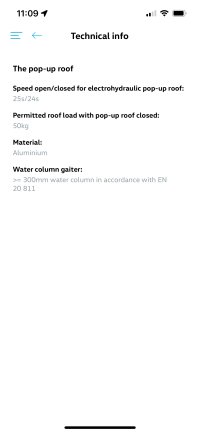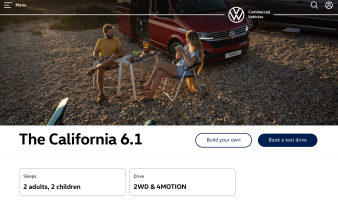‘The only reason I added my comment to this thread was on discovering the bellows was made of material with a 300mm hydrostatic head - though noting this may have changed with the recent fabric. This confirmed to me that VW do not see the bellows as being ‘waterproof’ and hence their advice not to use in high winds and heavy rain. As an owner I do, of course, agree that water shouldn’t be dripping through the seams. My concern however is how watertight the bellows should be expected to be given they‘re not made from waterproof material. My suspicion is that the new fabric was primarily introduced as being more ‘light-proof’ i.e. darker. However, as this made it thicker, the original construction technique was less effective in preventing water ingress. This has been addressed by VW in the latest bellows by a refinement to the seam and, as noted, changes maybe required on all of the seams. From my perspective, if I have a small amount of leakage, I will incline to applying some type of seam sealent to the effected area. This to me, is preferable to replacing a factory installed bellows with one replaced by a local dealer with uncertain experience and quality control.

















